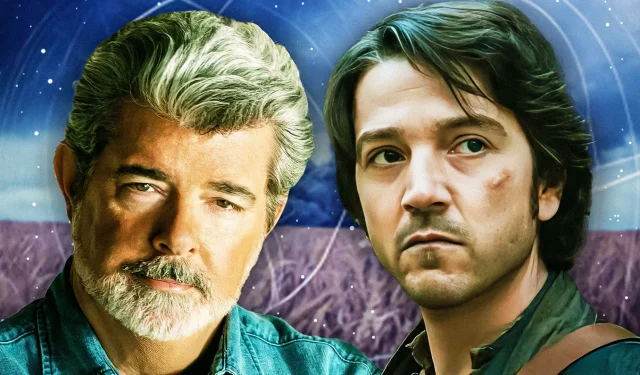Andor marks a significant departure from George Lucas’s original vision for the Star Wars franchise in a fundamental aspect, which greatly contributes to its brilliance. As viewers eagerly await the release of Andor season 2, the final chapter in Cassian’s journey, there is much speculation about the storyline. Despite knowing Cassian’s fate from Rogue One: A Star Wars Story, the journey leading up to that conclusion promises to be deeply impactful. Recent insights from Diego Luna, who plays Cassian Andor, suggest that the unfolding narrative might challenge audience expectations.
In a recent interview with Vanity Fair, Luna articulated a defining characteristic of the characters in Andor which sets this series apart from other entries in the Star Wars universe. He revealed:
“The characters in Andor, just like real human beings, often exist in gray areas…We portray real people, people without hope. They’re all downtrodden, but there’s still this sense that something has to happen. We know Cassian will become a hero, but we know there may be more than one path to that conclusion. This is something I’ve said many times before: When we talk about revolution, the message we’re sending out is that any revolution starts with yourself.”
This portrayal of characters defined as “people without hope”diverges significantly from the uplifting themes traditionally found in Star Wars. However, this stark approach is precisely what enhances the series’ depth and resonance.
The Absence of Hope: A Key Element in Andor’s Success
Andor’s Timeline: A Prelude to Hope
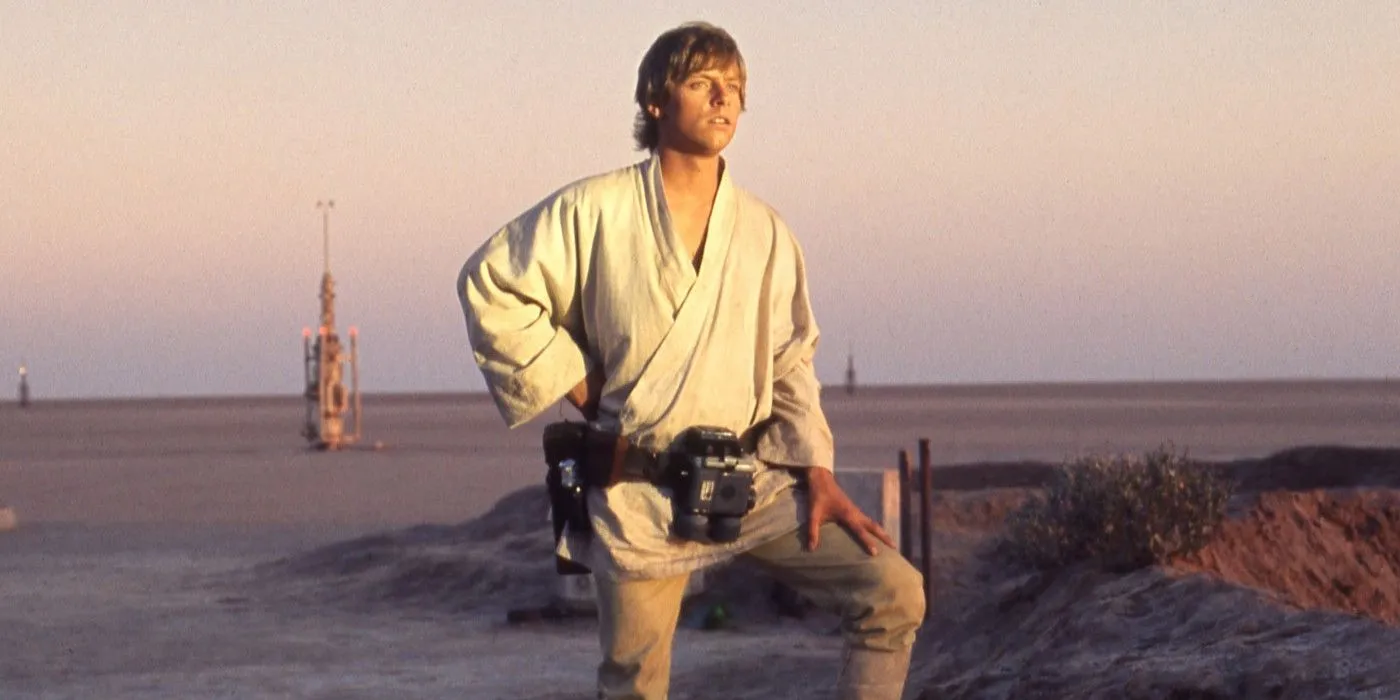
While the original Star Wars saga emphasizes hope in the face of adversity, it’s crucial to recognize that Andor is set in an era when hope is scarce. Taking place just before A New Hope in the Star Wars timeline, it accurately reflects a period devoid of optimism, which amplifies the significance of Luke Skywalker’s eventual emergence as a beacon of hope.
Although George Lucas intended for Star Wars to be a tale rooted in hope, Andor’s bleakness does not diminish that message; in fact, it enhances it. The despair depicted in Andor highlights the monumental achievements celebrated in A New Hope and throughout the original trilogy. The storyline serves as an indispensable backdrop, illustrating just how dire circumstances were during the Dark Times.
Andor: A Unique Perspective Within the Star Wars Universe
Exploring a Different Aspect of the Star Wars Galaxy
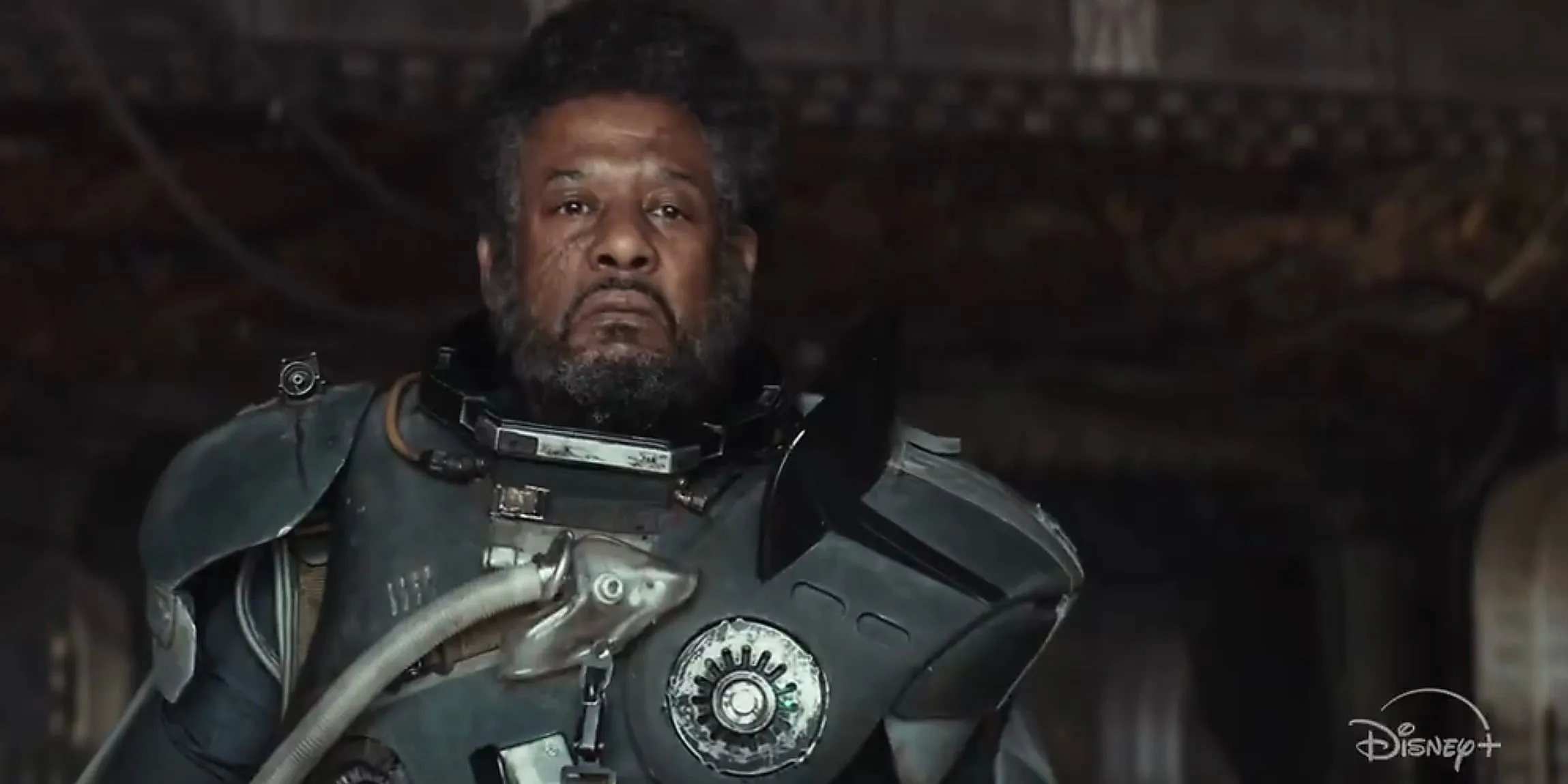
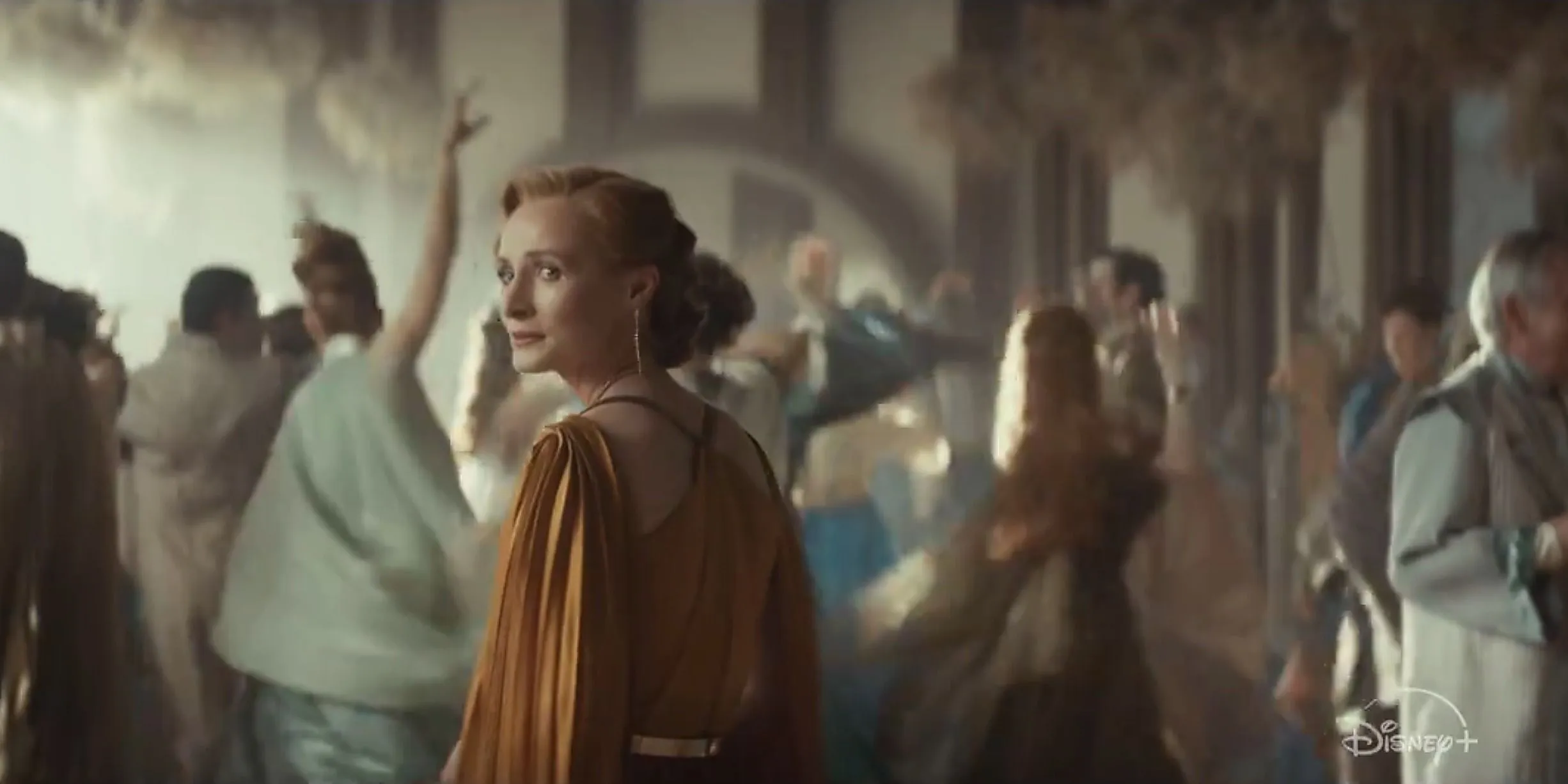
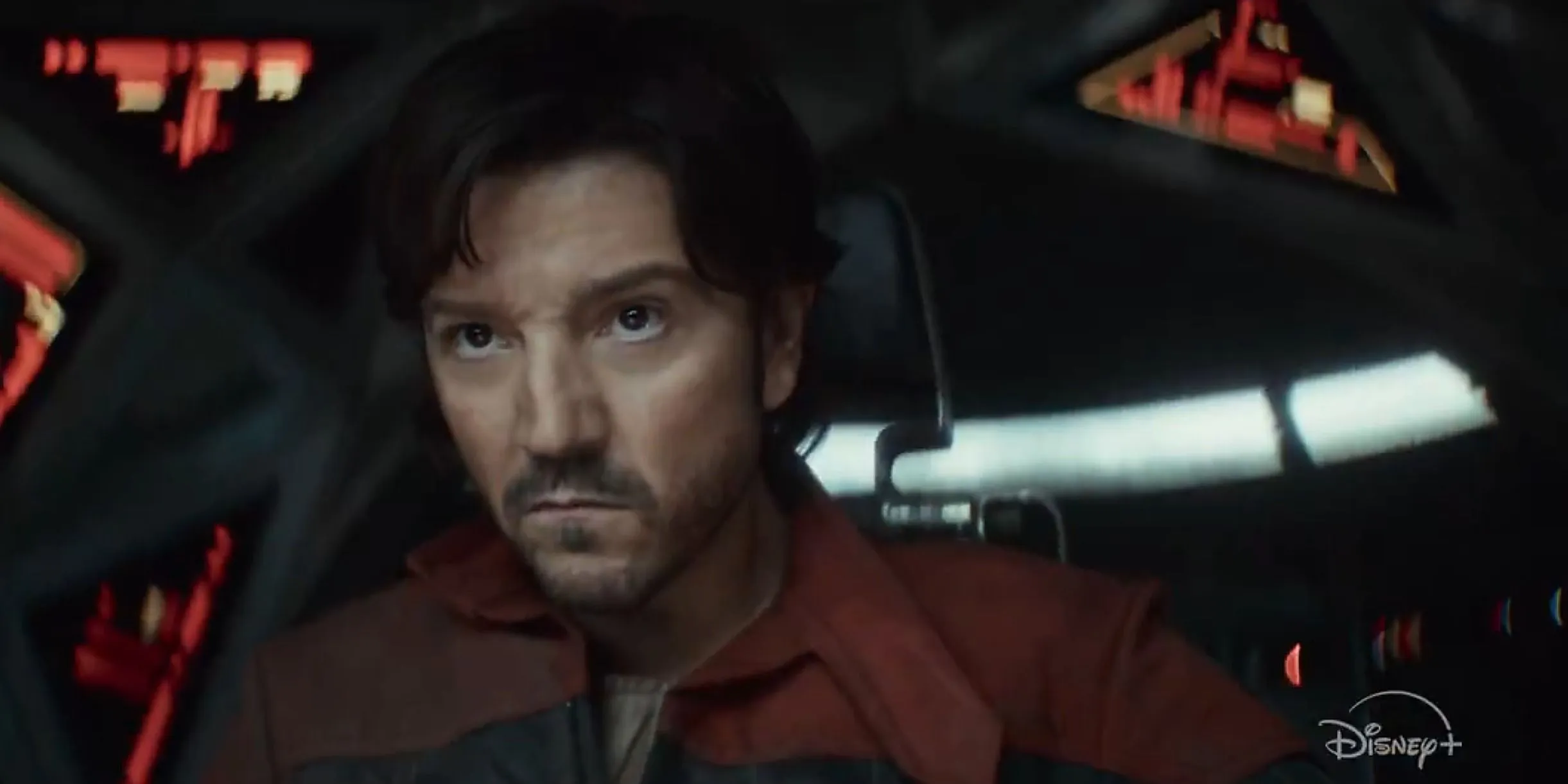
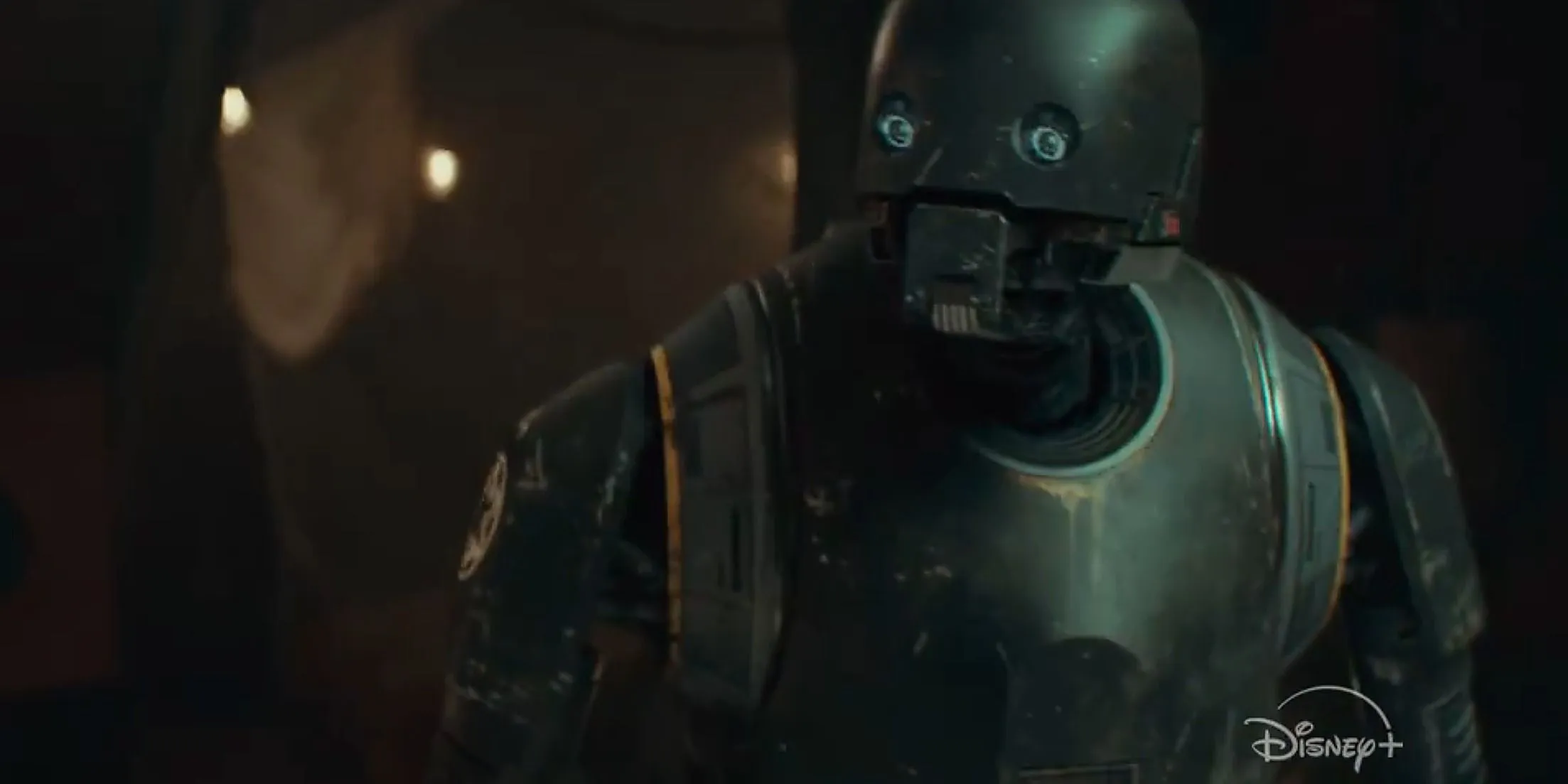
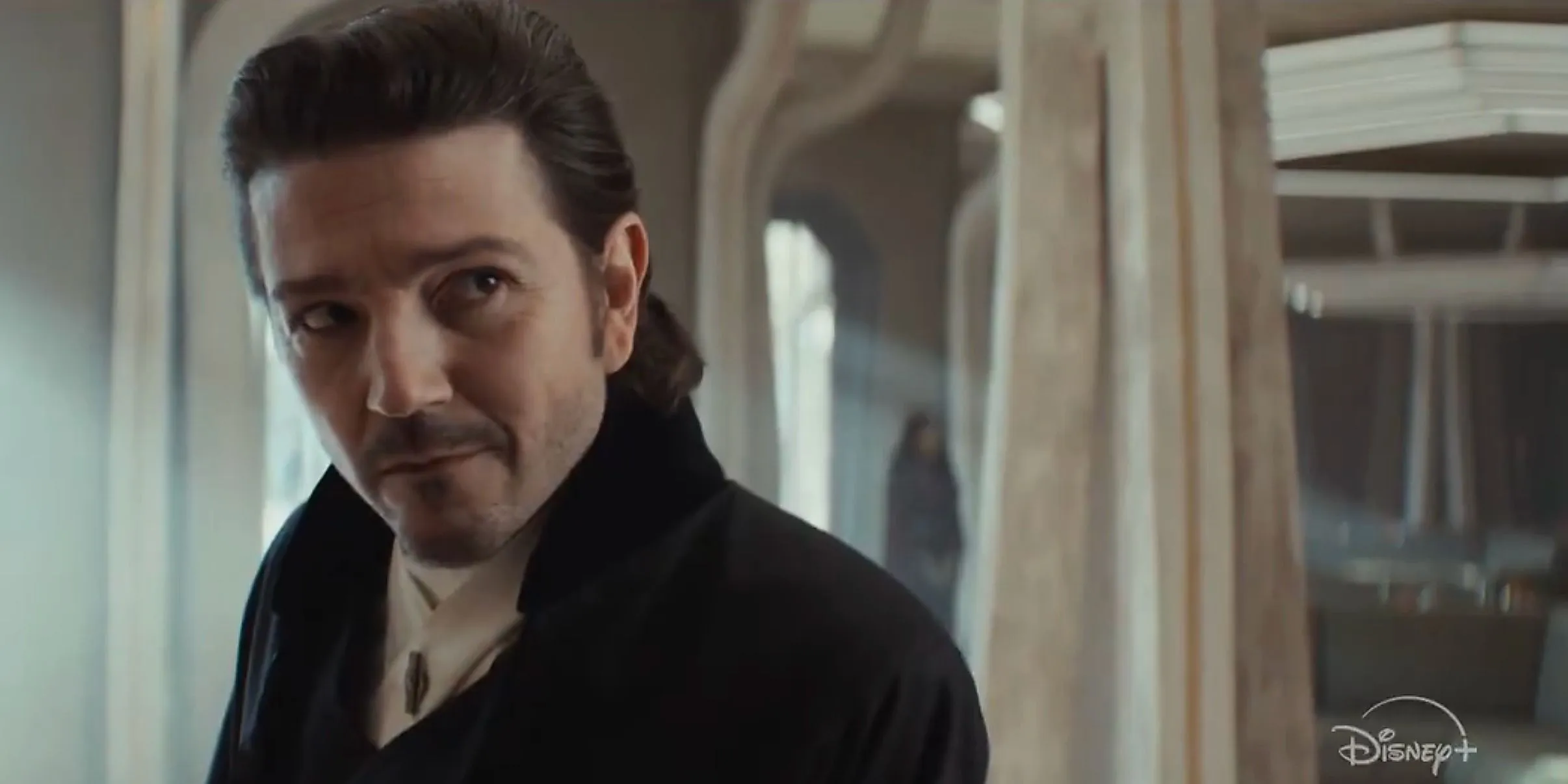
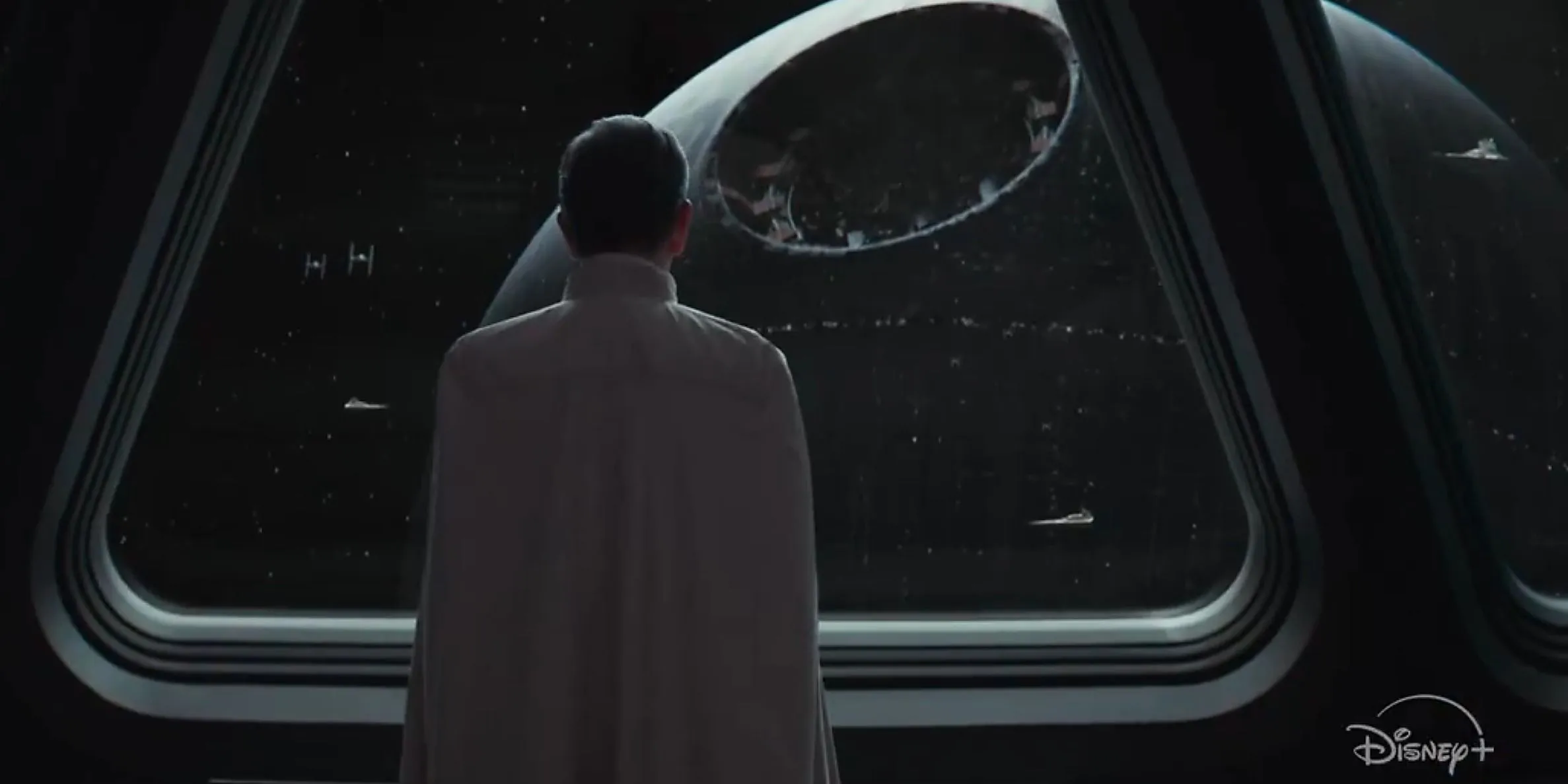
Though hope underpins the Star Wars narrative arc, introducing hope as a central theme in Andor would be inappropriate. The essence of hope associated with the original trilogy is anchored in characters like Luke and Leia. It is illogical for a series that unfolds in such a dark chapter of the Star Wars saga to mirror that same optimistic sentiment. This context elucidates why Luthen’s monologue in Andor season 1 was so impactful.
The rebels depicted in Andor, including Cassian Andor, are entrenched in a struggle against overwhelming odds—not operating amidst an atmosphere of hope. By embracing the theme of hopelessness, the series makes a bold yet brilliant narrative choice, elevating the overall quality of the show. I am confident that Andor is in capable hands, and I eagerly anticipate its conclusion.
Source: Vanity Fair
